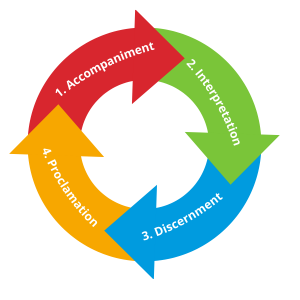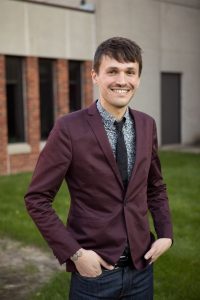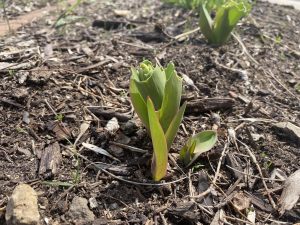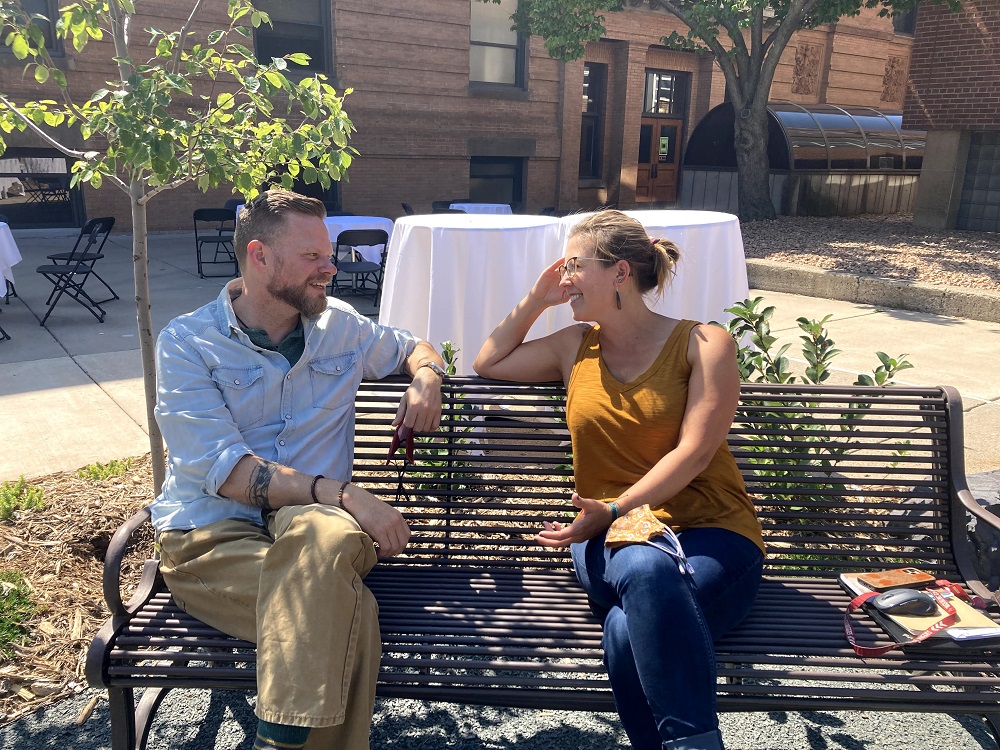In Discernment, the third artform of the Public Church Framework, we move into the space between our neighbors’ stories, God’s story, and our story. In this movement we learn how to listen for who God is calling us to be and what God is calling us to do in light of the present reality and God’s promises.
Why is it important?
Discernment is important because our neighbors’ realities matter, our realities matter, and because we believe God has something to say about all of this. God is actively and continually trying to teach us how to live an abundant life together.
The opportunities to practice discernment are abundant, ongoing, and mundane. Without intentionally, the moments of discernment might appear as simple decision making. Many people desire to live their lives with more intentionality: to make informed decisions about how they show up in community, how they steward their resources, how they participate in their families, neighborhoods, and societies. etc. We believe God calls us into a thriving, abundant life together and we believe God has uniquely gifted us and called each of us to participate in bringing that abundance into a lived reality for our neighbors. Discernment teaches us to be attentive to and responsive to that call and that good work.
What is it?
Discernment is a communal process of listening to God’s spirit for the next most faithful step forward.
It is a prayerful, communal practice of critically seeking to determine how to respond to opportunities God has placed before us. It is different from decision making. It involves an intentional process that includes listening to three threads: God’s Spirit, the neighbors’ reality, or demands, and your reality. These three threads have been the stories and themes that have emerged from practicing Accompaniment and Interpretation. Discernment is the movement where we take stock of what’s emerged and what we’re being called towards. Which must include a realistic assessment of our own realities. What gifts do we bring? What limitations do we have? Continue reading “The Artform of Discernment”











